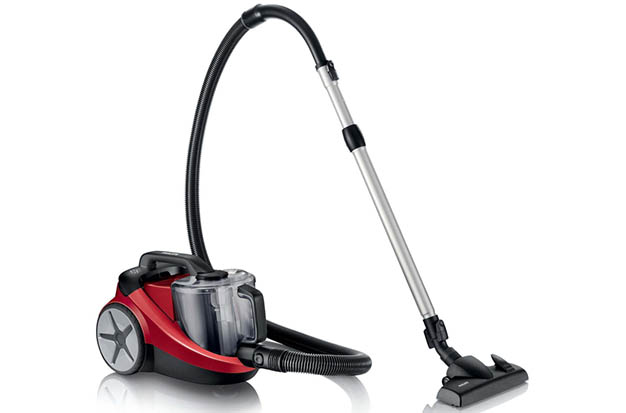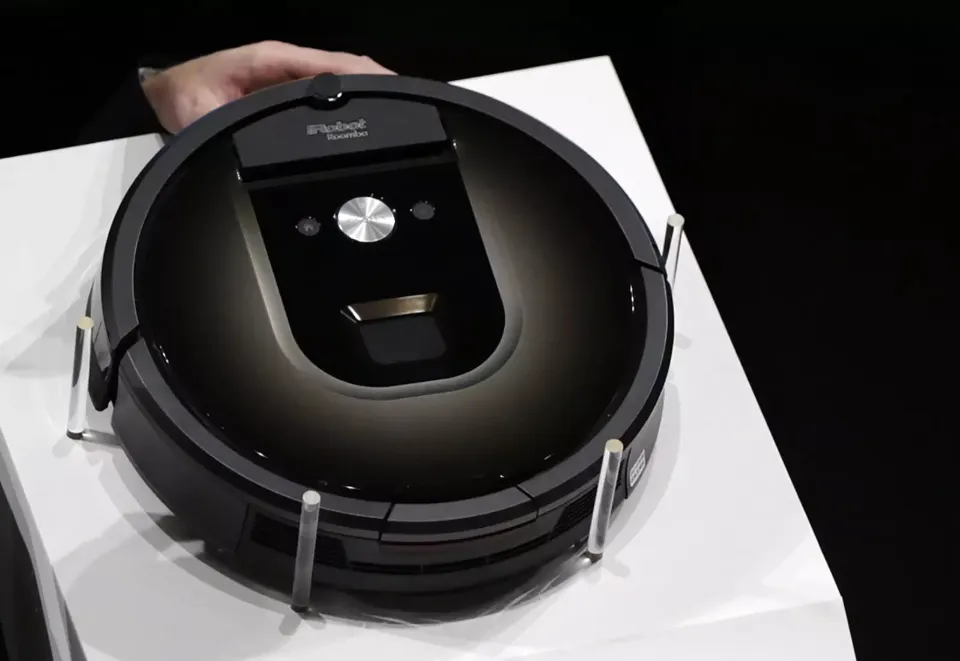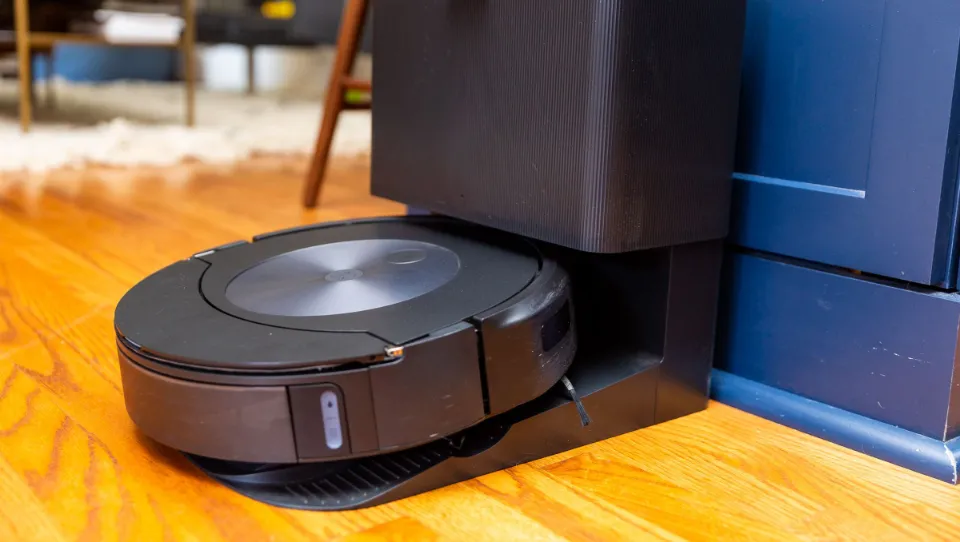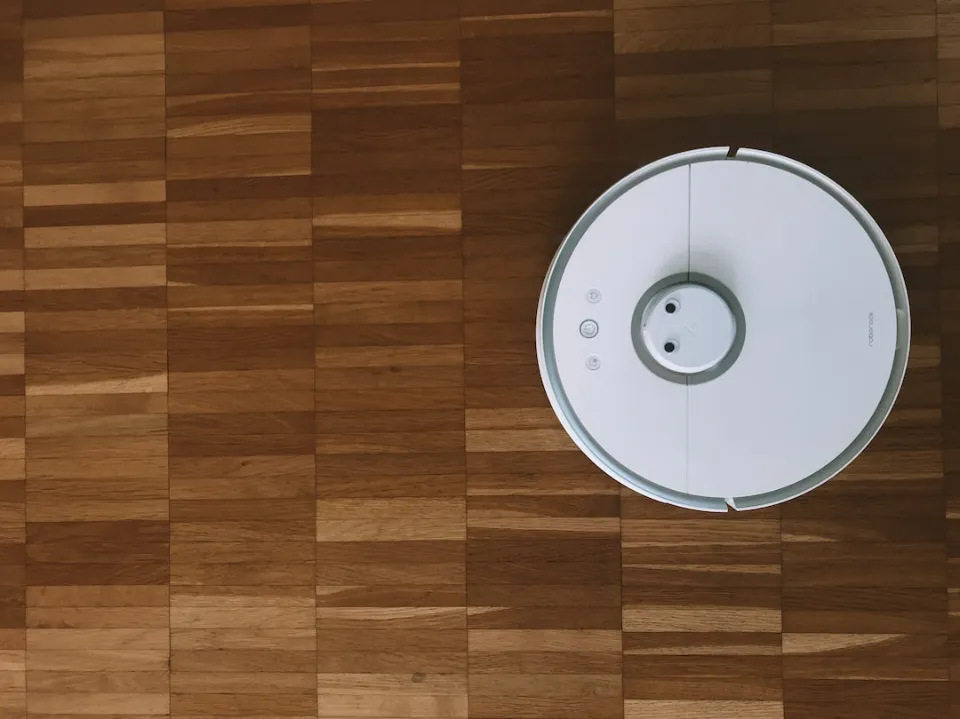Most people will check whether the bag or carbon canister is full when they find that the suction of the vacuum cleaner decreases. If the bag is almost full, the problem is likely to be due to the clog of the vacuum hose of the vacuum cleaner. Clog in the vacuum hose of a vacuum cleaner is not uncommon, because, over time, any accumulation in the pipe will cause pet hair and fibers to adhere to it, thereby capturing large debris, resulting in blockage and reduced suction.
How to Check Whether the Vacuum Hose is Clogged?
If your vacuum cleaner is clogged with dust, and it is useless to clean or replace the filter or bag, then you may be clogged. It is time to learn how to clean the vacuum cleaner.
If the attachment hose has no suction, it or the hose suction port is clogged. Try to suck out the clog with a strong vacuum. Stubborn obstructions in the hose can be forced through with a broom handle. If the machine does not pick up dirt and the brush is rotating, it is likely that the oil suction port at the bottom of the machine is clogged. Remove the cover on the underside of the machine to access the port. Bend a small barb at the end of the hanger or wire, hook the clogs with it, and pull them out.
Checking whether your vacuum hose is clogged is a simple process, but it may involve a little. First of all, you want to take a flashlight along the lamp and hold it above your head. This will allow you to see any potential obstacles. Any black clog in the hose that cannot be penetrated by light may be clogged. You can also let water through the hose to see if it is clogged by foreign matters.
First, you must remove the hose from the handle and vacuum cleaner. Next, let someone lift one end of the vacuum hose and shine it with a flashlight; Grasp the other end so that the hose is horizontal and stable. Check whether there is a dark area along the hose; These points are either covered by debris clumps inside the hose or clogged by large debris or objects. This is also a good time to check the hose for cracks, because any type of damage may lead to a reduction in suction. When the flashlight is still on, check whether there is any light leakage outside the hose; If so, it indicates that there are cracks or holes in the pipe. In this case, the old vacuum hose needs to be replaced.
In fact, if you are dealing with a clogged vacuum, please refer to the following simple cleaning guide to dredge the vacuum hose and clean the internal mess!
Read More: How to Clean a Vacuum Filter
Steps for Cleaning the Vacuum Cleaner Hose
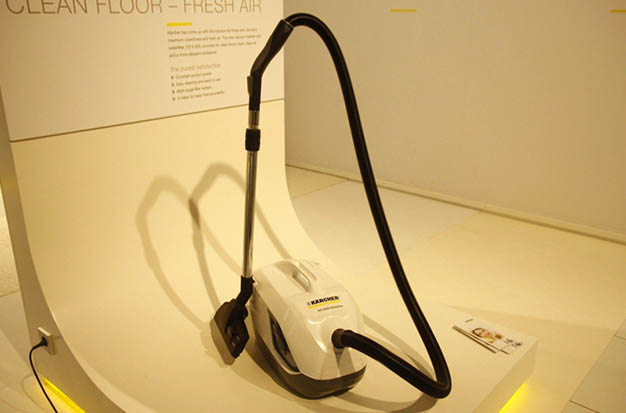
There are several ways to unclog the vacuum cleaner hose. Although some of them are slightly more complicated than others, please continue to read the following steps to deeply clean your vacuum cleaner!
- Remove the hose
Depending on your vacuum cleaner model, there may be a specific method to separate the vacuum hose from the main body. If you are not sure how to remove the clogged hose, please refer to the user manual. For standard traditional vacuum cleaners, the vacuum hose is usually connected from the top of the equipment and fixed to the outside with clips or screws. At this time, you should also remove the extension rod connected through the handle.
- Pass the rod end of the broom through the hose
Place the hose on a flat surface and straighten it. Now, push one end of the broom slowly over the hose. If you feel any resistance, it is the obstacle that needs to be pushed away. Also, do this slowly and gently to avoid damaging the vacuum hose. When in the hose, be sure to move the broom rod to loosen or push out small debris that may clog the pipe.
- Wash with vinegar and baking soda
Take the hose to the kitchen and put one end in it. According to the length of the vacuum hose ½- Pour 1 cup of baking soda into it and distribute it evenly by shaking and twisting the hose. Next, roll the hose into the kitchen sink and lift one end; Pour 1 cup of white distilled vinegar into the hose and adjust the rest so that the vinegar flows to the other end of the hose without draining (if necessary, raise it slightly). Put vinegar in a vacuum hose and react with baking soda for a few minutes. This will break down stubborn dirt and debris.
- Flushing
When the vacuum hose is still in the kitchen sink, wash away the debris and other deposits loosened by vinegar and baking soda with hot water. Do this from both ends and thoroughly flush the vacuum hose. If you are worried that you may miss some places, fill the kitchen with water, and then soak the water pipe in it to let the water in. Let it soak for a few minutes, and then rinse the water and tap water in the sink through the hose for the last time.
- Air drying
Before we reconnect the hose to the vacuum cleaner, it is important to let the hose dry completely, because you may be shocked if water enters the equipment. The best way to dry an uncloged and cleaned vacuum hose is to hang it on the shower so that both ends sag and let water drip. Let it dry overnight, or until it is completely dry. Before reconnecting the hose, shake the hose and check again whether the inside of the hose is dry. If you want to speed up the drying process, wrap a small towel or absorbent cloth around the end of the broom and gently pass it through the hose to dry the inside.
It’s all you need to clean your vacuum hose with the added benefit of removing dirt and debris from the inside. No special tools or products are needed to complete the dredging steps of the vacuum hose; Just follow the above instructions and you will be completely satisfied with the new suction provided by your vacuum cleaner!
Read More: How to Clean A Vacuum Hose
Precautions for Unclog Vacuum Hose
You don’t have to do anything uncomfortable. Instead, you can choose to take your vacuum cleaner to the vacuum repair shop and show it to them.
Be careful when removing the vacuum hose and any other accessories. Forcibly unplugging the vacuum hose may damage or damage important parts of the vacuum cleaner. You should be able to delete it easily, otherwise, it may not be executed correctly.
Before handling, be sure to check whether there are important objects in the clog. You may find some important things in the combination, such as some keys or important rings.
I hope these tips can help you you can reorganize your home. For more information about vacuum cleaners, please feel free to contact us.
If you are tired of old vacuum cleaners always having problems, please check our extensive vacuum cleaner collection.
Read More: Best Vacuums for Pet Hair 2022
What is Needed to Unclog Vacuum Cleaner Hose?
Removing any clog you find is not a very difficult process. However, you need something. Wearing gloves is always a good idea because clogs are disgusting and you don’t want them to get on your skin. In addition, you also need something to slide off the hose and cut the plug into pieces. Any of the following is OK:
- Wire Hanger
- Hook wire
- Bottle washing brush
- Attachment brush
- Cleaning brush
- Break the deadlock
Using one of the tools mentioned above, you will break the clog into pieces. This makes it easier to pull out larger pieces. After pulling out most of them, just wash away anything left with warm water through the vacuum hose. Remember, stubborn clogs may take longer to get out, and may require additional steps.
It is easy to clean up the clog in the vacuum hose. However, for the autonomous vacuum, this is not so simple. For these, you need to have the robot vacuum repaired by a Certified Expert.
In order to get rid of the stubborn vacuum cleaner hose, you have several options. Wire hangers may be your best choice because they are stronger and have the perfect shape and size. You can try to pierce the clog while injecting warm water into the vacuum hose through the other end. The combination of these two forces should help remove stuck objects. Loosening the vacuum hose will help the equipment work properly. This is no different from learning how to use a garden hose pool vacuum to keep the pool clean, especially when it comes to cleaning algae in the pool. It’s always good when you can come up with a quick solution.
